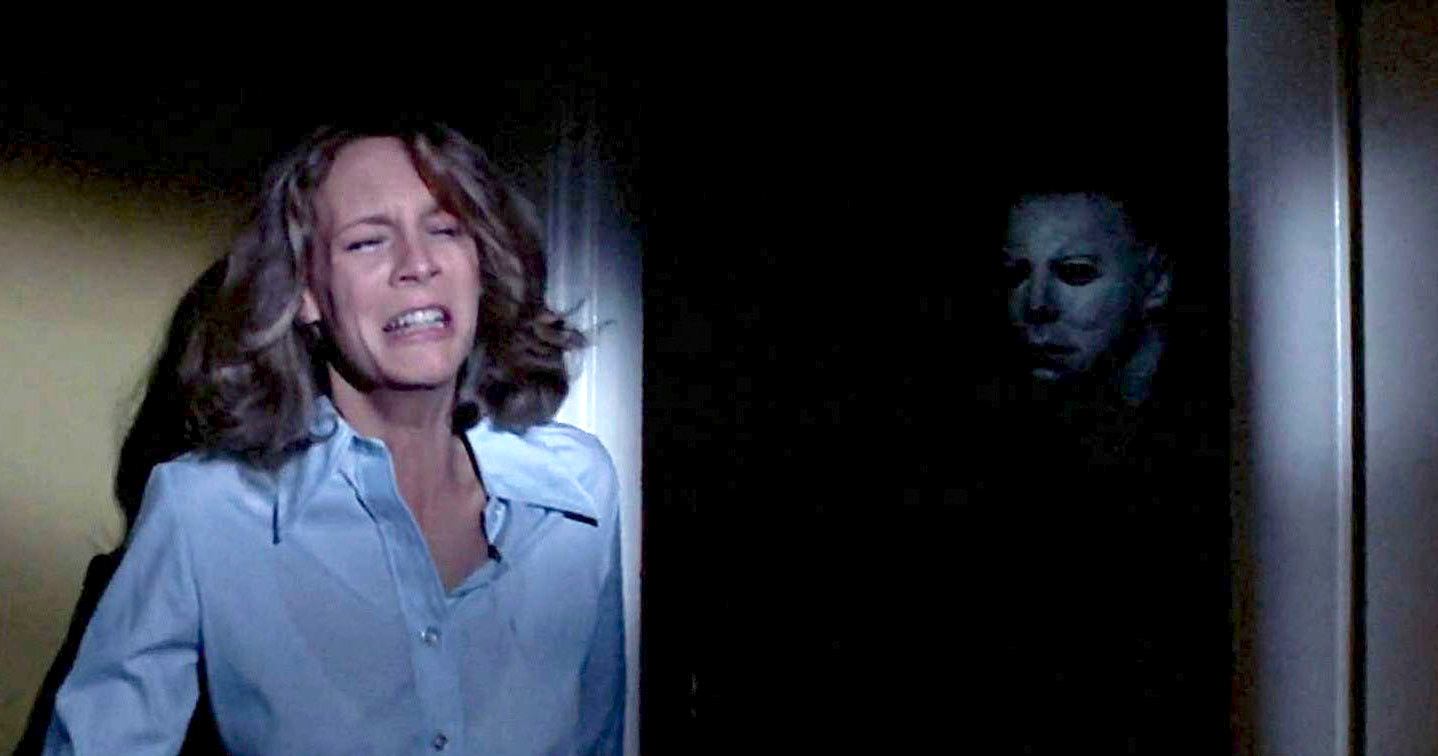Halloween (1978)

Directed by John Carpenter and released in 1978, “Halloween” is a seminal horror film that has left an indelible mark on popular culture and established many of the tropes and conventions that define the slasher genre. With its minimalist approach, suspenseful atmosphere, and iconic antagonist, the film remains a timeless masterpiece of horror cinema.
The narrative of “Halloween” centers on the small town of Haddonfield, Illinois, where a young boy named Michael Myers inexplicably murders his older sister on Halloween night in 1963. Fifteen years later, Myers escapes from a psychiatric hospital and returns to Haddonfield, setting his sights on a new target: Laurie Strode (played by Jamie Lee Curtis), a high school student and Myers’ unsuspecting prey.

Central to the film’s narrative is the cat-and-mouse pursuit between Myers and Laurie, as the masked killer stalks her and her friends while the town prepares for Halloween festivities. The film’s tension builds gradually, with Myers’ relentless pursuit and Laurie’s increasing terror creating an atmosphere of dread that permeates every scene.
Visually, “Halloween” captivates audiences with its masterful use of cinematography and lighting to heighten suspense and evoke a sense of foreboding. John Carpenter’s direction employs long, steady shots and a haunting musical score composed by Carpenter himself, featuring the iconic piano theme that has become synonymous with impending danger. The film’s setting—a quiet suburban neighborhood transformed into a playground of terror—underscores the idea that evil can lurk in the most familiar and seemingly safe places.

Thematically, “Halloween” explores the concept of pure evil embodied in the character of Michael Myers, whose motivations remain enigmatic and devoid of empathy. Myers’ mask, a featureless expression of malevolence, symbolizes the anonymity and inhumanity of his actions, while Laurie Strode represents the archetypal “final girl” who must confront and ultimately survive the horrors unleashed upon her.
The film’s impact on the horror genre is profound, pioneering many of the conventions and techniques that would later become staples of slasher films. From the use of suspenseful pacing and jump scares to the portrayal of a seemingly unstoppable antagonist, “Halloween” set a new standard for horror storytelling and inspired countless imitations and homages in subsequent decades.
Jamie Lee Curtis delivers a breakout performance as Laurie Strode, imbuing her character with vulnerability, intelligence, and resilience in the face of unimaginable terror. Donald Pleasence shines as Dr. Sam Loomis, Myers’ determined psychiatrist who warns of the killer’s danger with a sense of urgency and conviction.

The film’s enduring legacy is a testament to its cultural impact and enduring popularity, spawning numerous sequels, reboots, and a franchise that continues to captivate new generations of horror enthusiasts. Beyond its surface scares, “Halloween” remains a compelling exploration of fear, survival, and the primal instinct to confront and overcome the darkest corners of the human psyche.
In conclusion, “Halloween” (1978) stands as a landmark achievement in horror cinema, blending atmospheric tension, memorable characters, and a haunting score to create an unforgettable cinematic experience. John Carpenter’s visionary direction and Jamie Lee Curtis’ breakout performance cement the film’s status as a timeless classic that continues to thrill and terrify audiences, reaffirming its place as one of the greatest horror films ever made.










